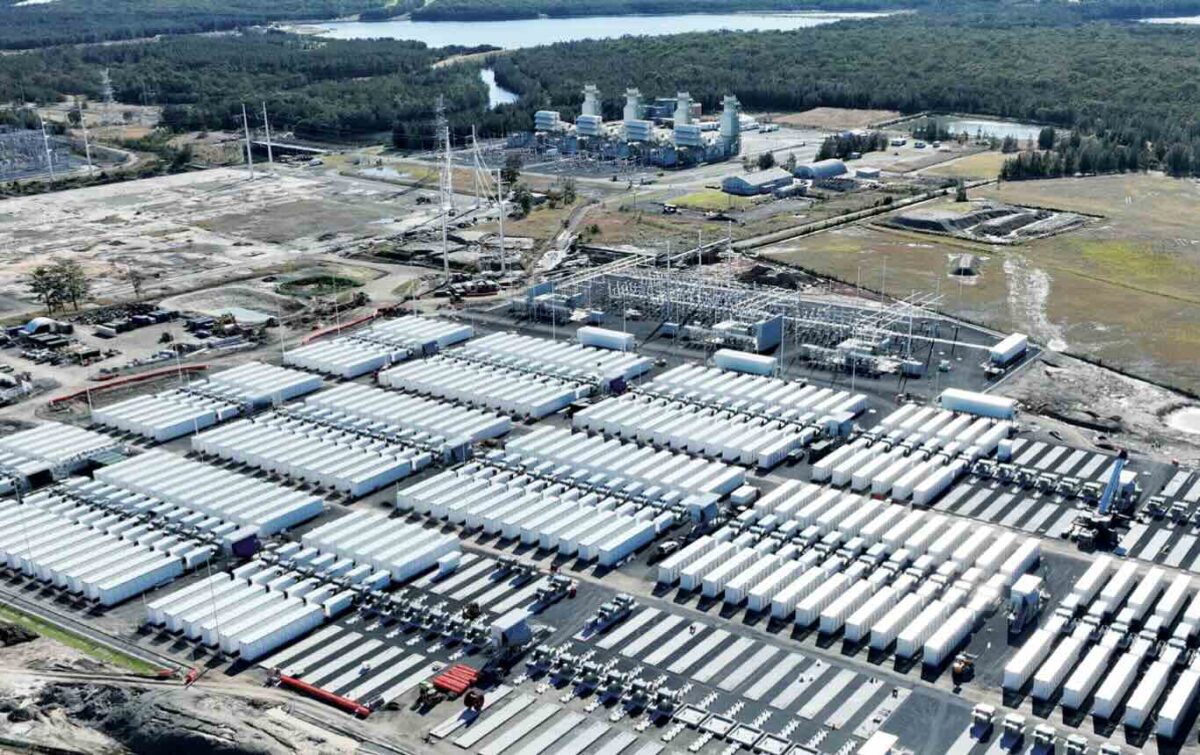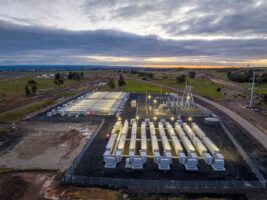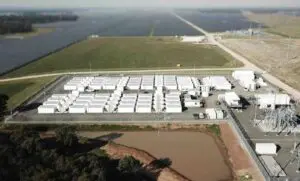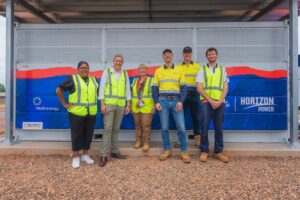Key design changes have been released ahead of what is expected to be Australia’s biggest ever storage tender when it is launched as part of the federal government’s Capacity Investment Scheme next month.
The newly expanded storage component will seek 4 gigawatts (GW) and 16 gigawatt hours (GWh) of storage capacity – mostly likely battery storage – as it seeks to fast track projects needed to help meet the 2030 target of 82 per cent renewables.
A separate tender will seek another 6 GW of new wind and solar generation capacity, but one of the key issues is how hybrid projects – those that combine battery storage with wind or solar, or both – are treated under the separate tenders.
The first tender, which sought just 600 MW and 2,400 MWh in Victoria and South Australia was 32 times oversubscribed, and resulted in more capacity being awarded.
Recent guidelines issued by AEMO Services, which is managing the tender for the federal government, indicated that wind and solar projects which included battery storage would be looked on favourably. The gesture will not necessarily be returned if a battery project intends to present itself with wind and solar baubles.
In a market briefing document published on Tuesday, AEMO Services says any associated generation facility attached to a proposed storage project would not be included in the assessment of the bid. And the proponent will be under no obligation to build the generation component under the terms of the storage contract.
It is not immediately clear what impact that will have on the plans of project aspirants, but it does highlight some of the challenges in managing separate generation and storage tenders.
Other changes that will affect hybrid projects centre around the deemed “cost to charge”. Any battery seeking an advantage by being able to top up batteries with co-located wind and solar at a negligible price won’t be able to do so – the deemed price will be spot price.
There will be an exception when the wind and/or solar generation is beyond the connection limit, when the deemed price will be put at zero. Any behind the meter generation below the connection limit will be capped at the LCOE (levellised cost of energy) price set by the CSIRO-led GenCost report.
A few other changes and modifications were also announced.
They focused on the importance of showing real consultation with both First Nations and local communities, and from 2026 there will be a requirement for First Nations equity and revenue sharing agreements.
There is also a focus on local employment and local content, including up to 90 per cent steel for battery projects, and 35 per cent for operation and maintenance.
Virtual power plants and demand response are not included in the storage tender, partly because of a pending rule change on integrating price-responsive resources into the main grid.
“In recognition of the potentially significant contribution of sub-utility-scale aggregated resources in reaching 82% renewable generation by 2030, the Australian Government intends to release a consultation note in early 2025,” the note says.
“This note will seek to engage with stakeholders to identify and overcome areas of uncertainty with the goal of opening up the eligibility criteria to include aggregated resources in future tenders.”
There will be no operational requirement for dispatchable assets to respond to LOR3 (lack of reserve) events, following feedback from project developers, and it is not being contemplated for future tenders.










